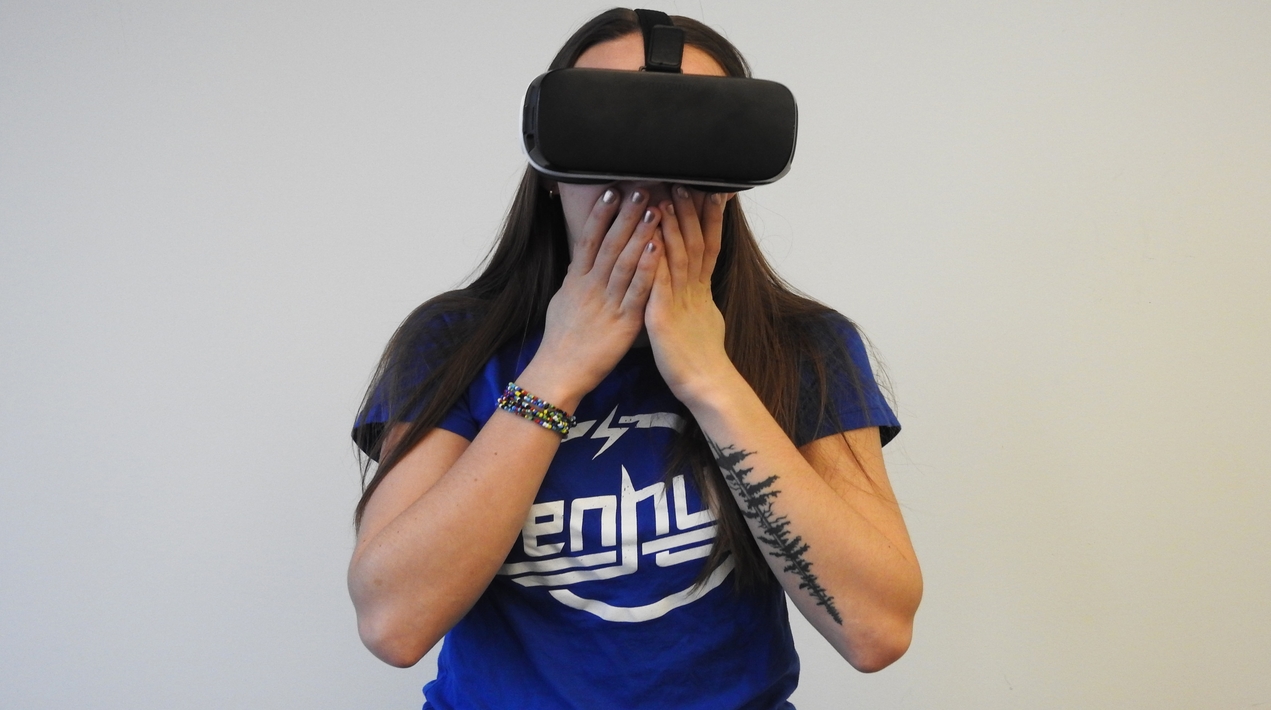
As any juror will tell you, piecing together a crime from a series of documents tendered in a courtroom is no easy feat, especially when a person’s future hangs in the balance. Delivering the correct verdict on car accident and murder cases is contingent on good spatial awareness, but short of being at the scene of the crime, the room for error is large. However, thanks to the advent of virtual reality (VR), jurors now have a better chance of making the right decision.
A new study published by the University of South Australia provides overwhelming evidence in favour of using VR in the courtroom, effectively dropping jurors right in the middle of a car accident or murder scene.
A team of UniSA researchers, legal professionals, police and forensic scientists simulated a hit-and-run scene, reconstructing the events with a laser scanner to compare verdicts between ‘jurors’ using 3D headsets and those relying on photographs from the scene. The result was a better recall, spatial accuracy and more consistent verdicts in the case of the jurors (30 study participants) using interactive technology.
Dr Andrew Cunningham, from UniSA’s Australian Research Centre for Interactive and Virtual Environments, said that virtual reality also required significantly less effort than using photographs to piece together the sequence of events.
Study participants viewing the scene through a 3D headset were 9.5 times more likely (86.67 per cent) to choose the same verdict – Death by Dangerous Driving – than the group who relied on photographs, who were split 47% to 53% between a careless driving verdict and dangerous driving verdict.
Participants who were immersed in the scene were more likely to correctly remember the location of the car in relation to the victim at the time of the accident, whereas it was difficult for people to visualise the scene from still images. This provides unequivocal evidence that interactive technology leads to fairer and more consistent verdicts, and indeed could be the future of courtrooms.
Lead researcher Dr Carolin Reichherzer says site visits are still the gold standard in providing juries with a realistic impression of a scene, but they also have their drawbacks. They are expensive – especially in remote locations – and in some cases the site itself has changed, making accurate viewings impossible, Dr Reichherzer said.
Virtual reality has precedence in the courtroom internationally, with the most famous example in 2019 when the Bavarian State criminal office created an interactive scene of the infamous Auschwitz concentration camp to aid the prosecution’s case in a war crimes trial.
“Bringing the jury to the scene of the crime: memory and decision-making in a simulated crime scene” was rated among the top 5 per cent of papers presented at the 2021 CHI: Conference on Human Factors in Computer Systems, held in Japan in May. The conference is considered the most prestigious in the field of human-computer interaction.
The virtual reality market is estimated at US$ 6.1 billion in 2020 and is expected to reach US$ 20.9 billion by 2025; It is anticipated to grow at a CAGR of 27.9% from 2020 to 2025. The easy availability of affordable VR devices is the key factor driving the adoption of VR devices. The launch of VR devices by local companies in countries such as China and India has helped in making such devices more affordable and driving their widespread adoption.
The use of HMDs has been high in the gaming and entertainment sector. The gaming industry has had a technological evolution with the emergence of VR and 3D technology. The use of HMDs has helped in achieving a fully immersive experience for users and has taken the gaming experience to the next level. The flawless transition achieved with the use of VR HMDs has helped bring in a unique and enhanced experience to the users. HMDs have a high penetration rate in the video gaming sector. Video game users prefer HMDs for enriching experiences and entertainment. HMDs project digital images, enabling a 3D view, which enhance the user experience. Therefore, the growing gaming sector would drive the market for HMDs and, in turn, VR. This market growth is expected, especially in North America and Europe.
The COVID pandemic is expected to support the growth of the VR market. The key players operating in the market are focusing on increasing the sale of their products.
















